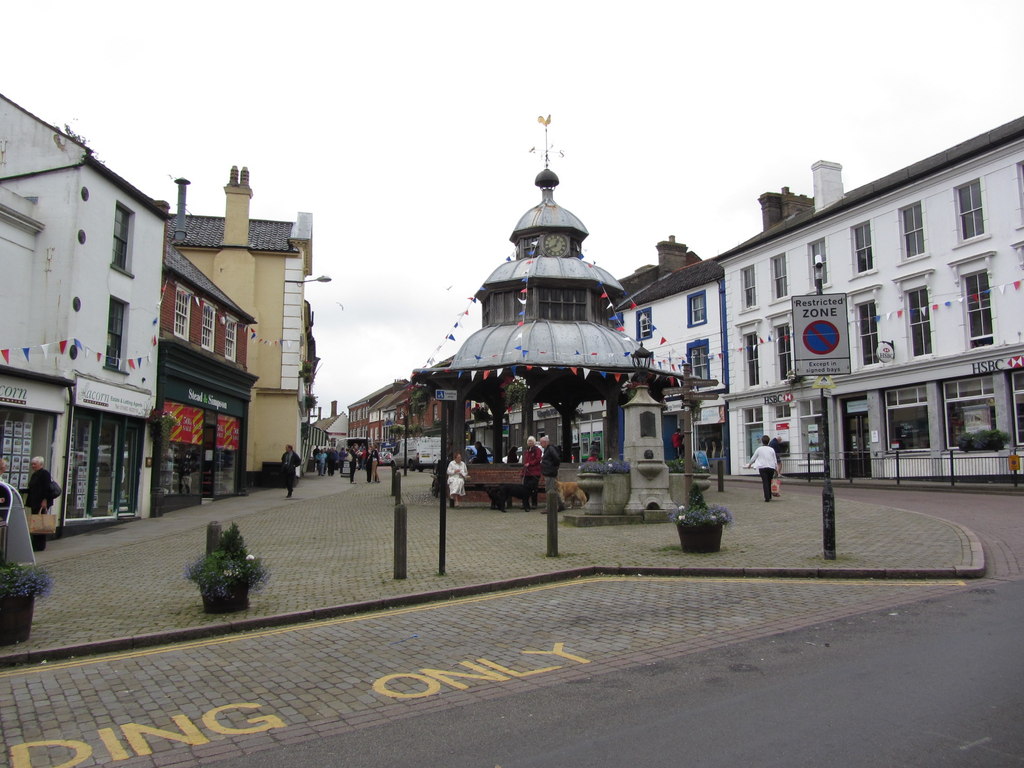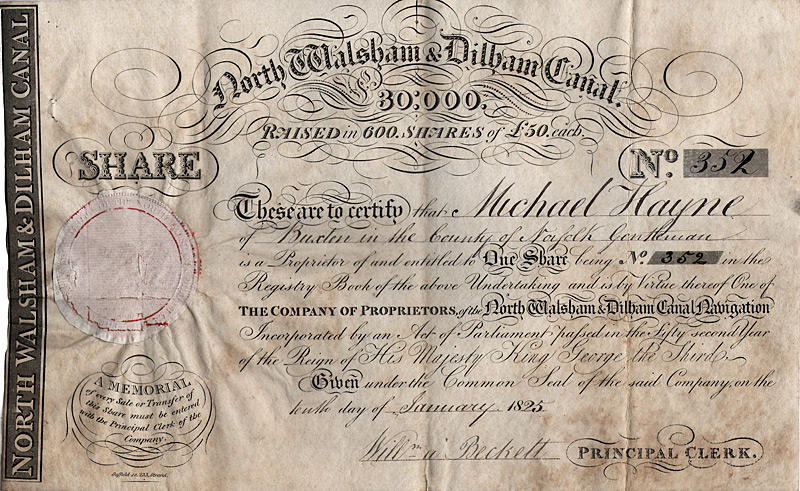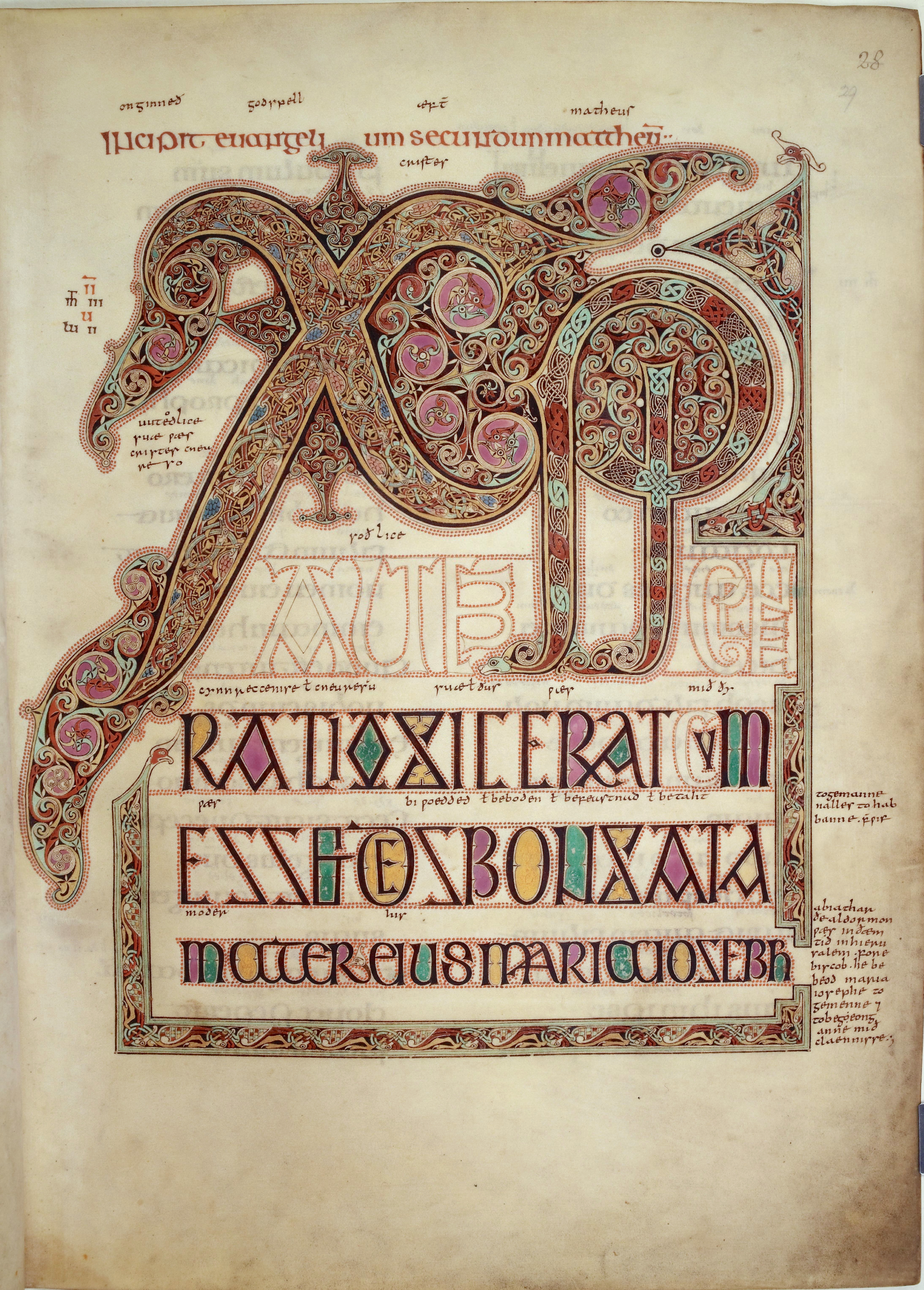|
North Walsham
North Walsham is a market town and civil parish in Norfolk, England, within the North Norfolk district. Demography The civil parish has an area of and in the 2011 census had a population of 12,634. For the purposes of local government, the parish falls within the district of North Norfolk. Transport The town is south of Cromer, and the same distance north of Wroxham. The county town and city of Norwich is south. The town is served by North Walsham railway station, on the Bittern Line between Norwich, Cromer and Sheringham. The main road through the town is the A149. The town is also located on the B1145, a route that runs between King's Lynn and Mundesley. The town is on the North Walsham & Dilham Canal (privately owned by the North Walsham Canal Company). The canal ran from Antingham Mill, largely following the course of the River Ant, to a point below Honing. A short branch canal leaves the main navigation near Honing and terminates at the village of Dilham. Hi ... [...More Info...] [...Related Items...] OR: [Wikipedia] [Google] [Baidu] |
North Norfolk
North Norfolk is a local government district in Norfolk, England. Its council is based in Cromer. The population at the 2011 Census was 101,149. History The district was formed on 1 April 1974, under the Local Government Act 1972. It was a merger of Cromer Urban District, North Walsham Urban District, Sheringham Urban District, Wells-next-the-Sea Urban District, Erpingham Rural District, Smallburgh Rural District, and Walsingham Rural District. The district was originally to be called Pastonacres, but changed its name by resolution of the council and permission of the Secretary of State for Environment before it formally came into existence on 1 April 1974. Politics Elections to the district council are held every four years, with all of the seats on the council up for election every fourth year. The council was run by a Conservative administration, the Conservative party having gained a majority of 8 seats at the 2011 elections, which they increased to 18 at the ... [...More Info...] [...Related Items...] OR: [Wikipedia] [Google] [Baidu] |
North Walsham & Dilham Canal
The North Walsham and Dilham Canal is a waterway in the English county of Norfolk. It was authorised by Parliament in 1812, but work on the construction of a canal which ran parallel to a branch of the River Ant did not start until 1825. It included six locks, which were sized to accommodate wherries, and was officially opened in August 1826. It was long and ran from two bone mills at Antingham to a junction with the River Ant at Smallburgh. It carried offal for the bone mills and agricultural products, as it proved cheaper to land coal on the beach at Mundesley and cart it overland than to use the canal. The venture was not a commercial success, and it was sold to various millers, who owned watermills along its length. The section above Swafield locks was abandoned in 1893, and from 1922 it was owned by the North Walsham Canal Company, set up by Edward Cubitt and George Walker, who were mill owners. The last commercial use of the canal was in 1934, and it avoided nationali ... [...More Info...] [...Related Items...] OR: [Wikipedia] [Google] [Baidu] |
Blessed Virgin Mary
Mary; arc, ܡܪܝܡ, translit=Mariam; ar, مريم, translit=Maryam; grc, Μαρία, translit=María; la, Maria; cop, Ⲙⲁⲣⲓⲁ, translit=Maria was a first-century Jewish woman of Nazareth, the wife of Joseph and the mother of Jesus. She is a central figure of Christianity, venerated under various titles such as virgin or queen, many of them mentioned in the Litany of Loreto. The Eastern and Oriental Orthodox, Church of the East, Catholic, Anglican, and Lutheran churches believe that Mary, as mother of Jesus, is the Mother of God. Other Protestant views on Mary vary, with some holding her to have considerably lesser status. The New Testament of the Bible provides the earliest documented references to Mary by name, mainly in the canonical Gospels. She is described as a young virgin who was chosen by God to conceive Jesus through the Holy Spirit. After giving birth to Jesus in Bethlehem, she raised him in the city of Nazareth in Galilee, and was ... [...More Info...] [...Related Items...] OR: [Wikipedia] [Google] [Baidu] |
St Nicholas Church, North Walsham
St Nicholas Church is a parish church in the Church of England in the centre of the Norfolk town of North Walsham. The building is a well known landmark, notable for its collapsed tower. History The present church was commenced in about 1330, although the Saxon church was partially enlarged and altered in around 1275, as a temporary measure to meet the needs of a rapidly expanding town. Work was interrupted by the ' Black Death' plague in 1348 and again in 1361. These fatal epidemics resulted in a lack of skilled craftsmen, a fact which necessitated the austere simple tracery in most of the windows. There was another delay at the time of the Peasants' Revolt in 1381, following the Battle of North Walsham, when a large group of rebellious local peasants was confronted and defeated by the heavily armed forces led by the warlike bishop of Norwich, Henry le Despenser. The completed church was consecrated by le Despenser by the end of the fourteenth century. The church was dedica ... [...More Info...] [...Related Items...] OR: [Wikipedia] [Google] [Baidu] |
Worsted
Worsted ( or ) is a high-quality type of wool yarn, the fabric made from this yarn, and a yarn weight category. The name derives from Worstead, a village in the English county of Norfolk. That village, together with North Walsham and Aylsham, formed a manufacturing centre for yarn and cloth in the 12th century, when pasture enclosure and liming rendered the East Anglian soil too rich for the older agrarian sheep breeds. In the same period, many weavers from the County of Flanders moved to Norfolk. "Worsted" yarns/fabrics are distinct from woollens (though both are made from sheep's wool): the former is considered stronger, finer, smoother, and harder than the latter. Worsted was made from the long-staple pasture wool from sheep breeds such as Teeswaters, Old Leicester Longwool and Romney Marsh. Pasture wool was not carded; instead it was washed, gilled and combed (using heated long-tooth metal combs), oiled and finally spun. When woven, worsteds were scoured but not ... [...More Info...] [...Related Items...] OR: [Wikipedia] [Google] [Baidu] |
Cloth
Textile is an umbrella term that includes various fiber-based materials, including fibers, yarns, filaments, threads, different fabric types, etc. At first, the word "textiles" only referred to woven fabrics. However, weaving is not the only manufacturing method, and many other methods were later developed to form textile structures based on their intended use. Knitting and non-woven are other popular types of fabric manufacturing. In the contemporary world, textiles satisfy the material needs for versatile applications, from simple daily clothing to bulletproof jackets, spacesuits, and doctor's gowns. Textiles are divided into two groups: Domestic purposes onsumer textilesand technical textiles. In consumer textiles, aesthetics and comfort are the most important factors, but in technical textiles, functional properties are the priority. Geotextiles, industrial textiles, medical textiles, and many other areas are examples of technical textiles, whereas clothing ... [...More Info...] [...Related Items...] OR: [Wikipedia] [Google] [Baidu] |
Flanders
Flanders (, ; Dutch: ''Vlaanderen'' ) is the Flemish-speaking northern portion of Belgium and one of the communities, regions and language areas of Belgium. However, there are several overlapping definitions, including ones related to culture, language, politics, and history, and sometimes involving neighbouring countries. The demonym associated with Flanders is Fleming, while the corresponding adjective is Flemish. The official capital of Flanders is the City of Brussels, although the Brussels-Capital Region that includes it has an independent regional government. The powers of the government of Flanders consist, among others, of economic affairs in the Flemish Region and the community aspects of Flanders life in Brussels, such as Flemish culture and education. Geographically, Flanders is mainly flat, and has a small section of coast on the North Sea. It borders the French department of Nord to the south-west near the coast, the Dutch provinces of Zeeland, North Br ... [...More Info...] [...Related Items...] OR: [Wikipedia] [Google] [Baidu] |
Weaver (occupation)
Weaving is a method of textile production in which two distinct sets of yarns or threads are interlaced at right angles to form a fabric or cloth. Other methods are knitting, crocheting, felting, and braiding or plaiting. The longitudinal threads are called the warp and the lateral threads are the weft, woof, or filling. (''Weft'' is an Old English word meaning "that which is woven"; compare ''leave'' and ''left''.) The method in which these threads are interwoven affects the characteristics of the cloth. Cloth is usually woven on a loom, a device that holds the warp threads in place while filling threads are woven through them. A fabric band that meets this definition of cloth (warp threads with a weft thread winding between) can also be made using other methods, including tablet weaving, back strap loom, or other techniques that can be done without looms. The way the warp and filling threads interlace with each other is called the weave. The majority of woven products ... [...More Info...] [...Related Items...] OR: [Wikipedia] [Google] [Baidu] |
Worstead
Worstead is a village and civil parish in the English county of Norfolk. It lies south of North Walsham, north of Wroxham, and north of Norwich. The village is served by Worstead railway station on the Bittern Line. For the purposes of local government, the parish falls within the district of North Norfolk. The civil parish has an area of 10.65 km² and in the 2001 census had a population of 862 in 365 households; the population increased to 922 at the 2011 census. The hamlets of Bengate, Briggate, Lyngate, and Meeting Hill are located in the northeast of the parish, and Withergate just to the north of the village. Another recognisable settlement is along Station Road in the southwest of the parish, where houses and a food factory (since 2015 operated by Albert Bartlett) are. The North Walsham & Dilham Canal runs along the northeast parish boundary at Briggate. History The villages name means 'enclosure place'. In the Domesday Book of 1086, Worstead is called ''Wrdes ... [...More Info...] [...Related Items...] OR: [Wikipedia] [Google] [Baidu] |
Anglo-Saxons
The Anglo-Saxons were a cultural group who inhabited England in the Early Middle Ages. They traced their origins to settlers who came to Britain from mainland Europe in the 5th century. However, the ethnogenesis of the Anglo-Saxons happened within Britain, and the identity was not merely imported. Anglo-Saxon identity arose from interaction between incoming groups from several Germanic tribes, both amongst themselves, and with indigenous Britons. Many of the natives, over time, adopted Anglo-Saxon culture and language and were assimilated. The Anglo-Saxons established the concept, and the Kingdom, of England, and though the modern English language owes somewhat less than 26% of its words to their language, this includes the vast majority of words used in everyday speech. Historically, the Anglo-Saxon period denotes the period in Britain between about 450 and 1066, after their initial settlement and up until the Norman Conquest. Higham, Nicholas J., and Martin J. Ryan. ''The An ... [...More Info...] [...Related Items...] OR: [Wikipedia] [Google] [Baidu] |
North Walsham Church Tower
North is one of the four compass points or cardinal directions. It is the opposite of south and is perpendicular to east and west. ''North'' is a noun, adjective, or adverb indicating direction or geography. Etymology The word ''north'' is related to the Old High German ''nord'', both descending from the Proto-Indo-European unit *''ner-'', meaning "left; below" as north is to left when facing the rising sun. Similarly, the other cardinal directions are also related to the sun's position. The Latin word ''borealis'' comes from the Greek '' boreas'' "north wind, north", which, according to Ovid, was personified as the wind-god Boreas, the father of Calais and Zetes. ''Septentrionalis'' is from ''septentriones'', "the seven plow oxen", a name of ''Ursa Major''. The Greek ἀρκτικός (''arktikós'') is named for the same constellation, and is the source of the English word ''Arctic''. Other languages have other derivations. For example, in Lezgian, ''kefer'' can mean bo ... [...More Info...] [...Related Items...] OR: [Wikipedia] [Google] [Baidu] |
Dilham
Dilham is a village and civil parish in the English county of Norfolk. The village is located 4.3 miles south-east of North Walsham and 12 miles north-east of Norwich, and is situated on the River Ant. History Dilham's name is of Anglo-Saxon origin and derives from the Old English for a farmstead or homestead with an abundance of dill. In the Domesday Book, Dilham is listed as a settlement of 23 households in the hundred of Tunstead. The village was divided between the estates of Alan of Brittany, Robert Malet, Roger Bigod and St Benet's Abbey. Nearby Dilham Castle was built in the Fifteenth Century as a fortified manor house for Sir Henry Inglose, all that remains of the castle is the Grade II listed tower currently attached to Hall Farm. Geography According to the 2011 Census, Dilham Parish has a population of 319 residents living in 164 households. Dilham falls within the constituency of North Norfolk and is represented at Parliament by Duncan Baker MP of the Conserv ... [...More Info...] [...Related Items...] OR: [Wikipedia] [Google] [Baidu] |






